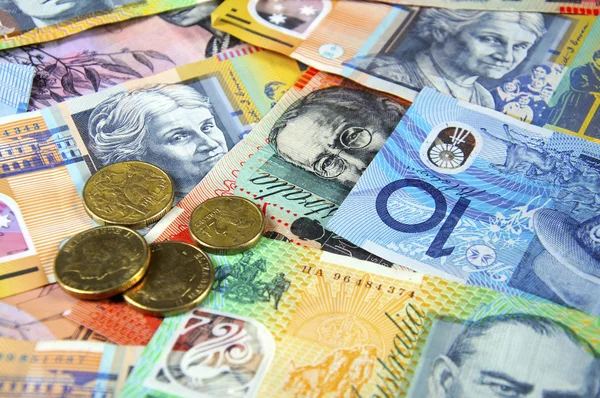The AUDUSD is going backwards after snapping a three-day winning streak.
The AUDUSD is trading lower near 0.6700 as the key week begins on a sluggish note after posting its first daily loss in four days the previous day. The previous day, the Aussie pair suffered its biggest daily loss in six weeks as the US Dollar cheered mostly upbeat US data. And the Fed policymakers’ reluctance to welcome doves. However, traders remain cautious ahead of this week’s Reserve Bank of Australia (RBA) Monetary Policy Meeting Minutes, China’s GDP, and US PMIs for April.
Market sentiment remains ambiguous as recent data and Fed talks push back Fed rate cut concerns.
A larger-than-expected drop in US Retail Sales failed to outweigh the previous day’s upbeat figures from US. Industrial Production and the University of Michigan’s (UoM) Consumer Confidence Index, allowing the US Dollar to recover. Having said that, Retail sales in the United States fell by 1.0% in March, compared to -0.4% expected and -0.2% the previous month. In contrast, Industrial Production increased by 0.4% during the specified month, compared to 0.2% market forecasts and the previous reading. The preliminary reading of the University of Michigan’s (UoM) Consumer Confidence Index for April improved to 63.5, compared to 62.0 analysts’ expectations and previous readings. Furthermore, year-ahead inflation expectations increased from 3.6% in March to 4.6% in April, while the five-year counterpart remained at 2.9%.
Not only did the data help the dollar recover, but so did hawkish comments from Fed policymakers. “Recent developments are consistent with one more rate hike,” said Raphael Bostic, President of the Atlanta Federal Reserve (Fed). This Friday, I will be interviewed by Reuters. According to Reuters, Fed Governor Christopher Waller stated that recent data show that the Fed hasn’t made much progress towards its inflation goal and that rates need to rise further. However, Austan Goolsbee, President of the Federal Reserve Bank of Chicago, told CNBC on Friday that he still wants to see the data. “But let’s be mindful we’ve raised a lot; some of the lag is coming through possibly in today’s retail sales number,” the policymaker added.
In the midst of these moves, the US Dollar Index (DXY) reversed a three-day decline and rebounded from its lowest level in a year, while Wall Street closed with minor losses and bond yields recovered.
The RBA Minutes, China GDP, and US PMIs will all be in focus during what is expected to be a slow week.
It is worth noting that the weekend news indicating an increase in China’s housing market index. Appeared to have prodded the AUDUSD bears recently. Nonetheless, China’s new home prices increased at the fastest rate in 21 months in March, continuing a three-month uptrend.
Looking ahead, the AUDUSD pair may be able to extend its previous losses on Monday due to a light calendar. However, this week’s RBA Minutes and US PMIs, as well as China’s Q1 GDP, will be closely watched. Amid high hopes for economic recovery in both the US and China. As well as expectations of the RBA’s dovish run from now.
AUDUSD Daily Trends
| Daily SMA20 | 0.6696 |
| Daily SMA50 | 0.6748 |
| Daily SMA100 | 0.68 |
| Daily SMA200 | 0.6744 |









